
Tattoo Black Microblading Wireless Pmui Tattoo Machine Pen Wireless Permanent Makeup Make Up Eyebrow Rotary Machine For Pigmentation


Tattoo 2024 New Mould PMU Tattoo Cartridge Needles Professional Tattoo Supplies Premium 1RL Tattoo Needle Cartridges/

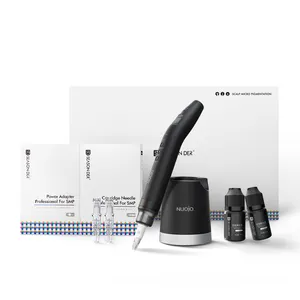
Tattoo Professional SMP Tattoo Gun Machine Custom Logo Scalp Micropigmentation Kit Scalping PMU Scale Hair Tattoo Machine




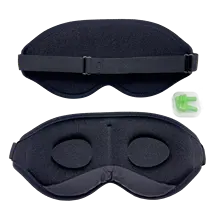








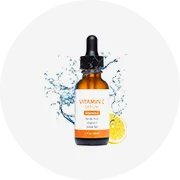
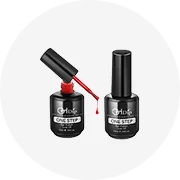
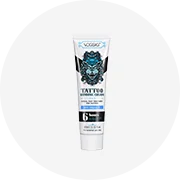

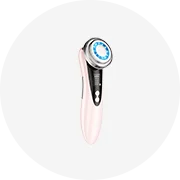

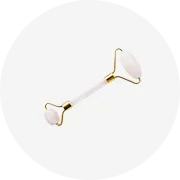
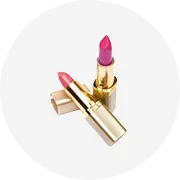
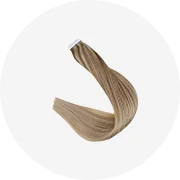
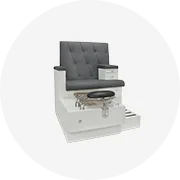

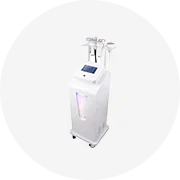








 浙公网安备 33010002000092号
浙公网安备 33010002000092号 浙B2-20120091-4
浙B2-20120091-4